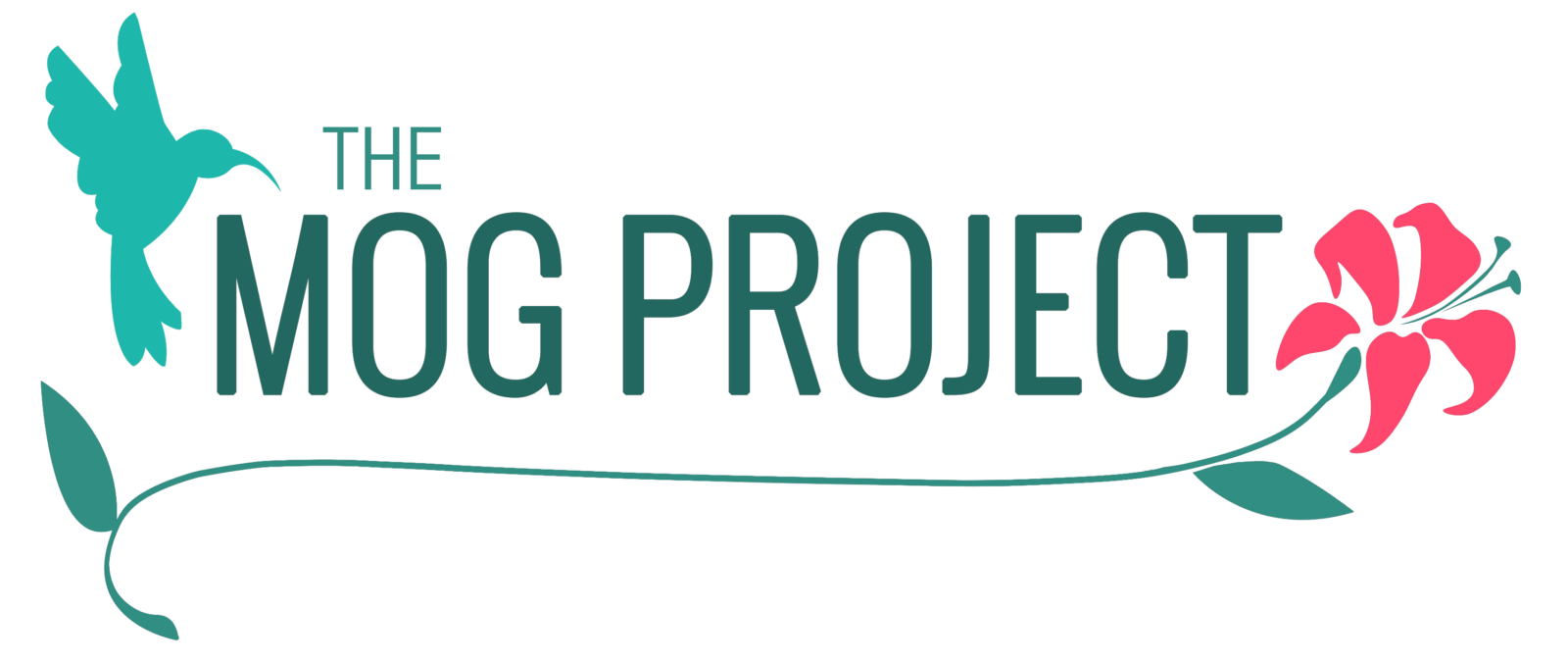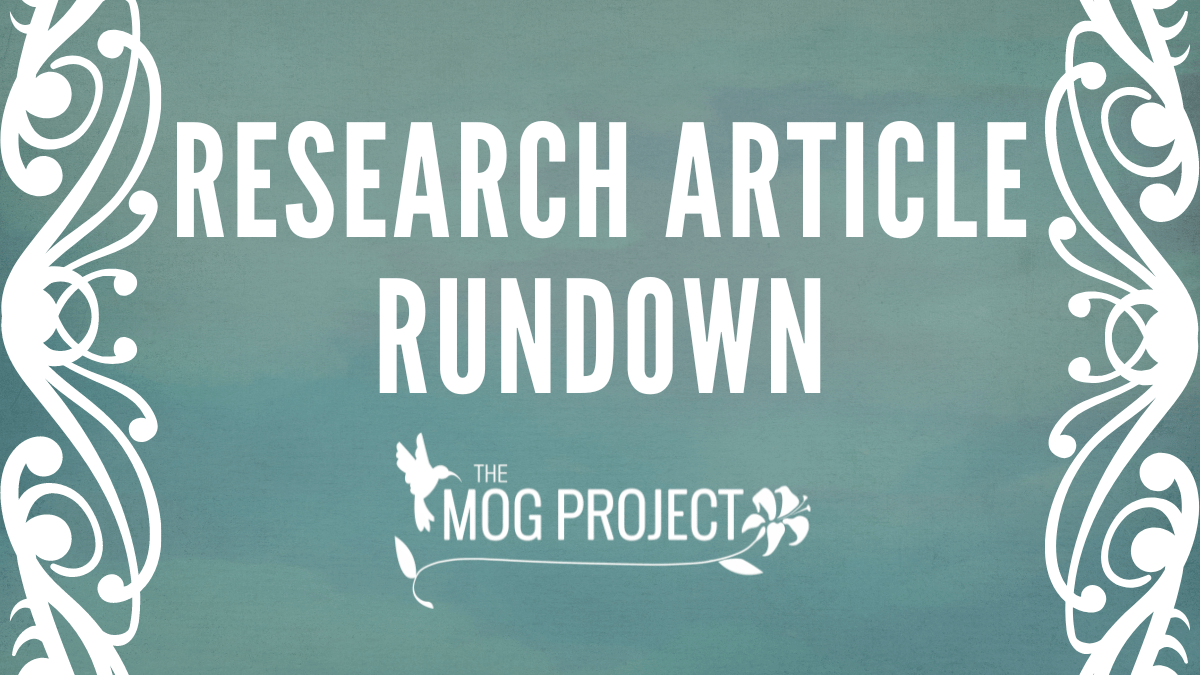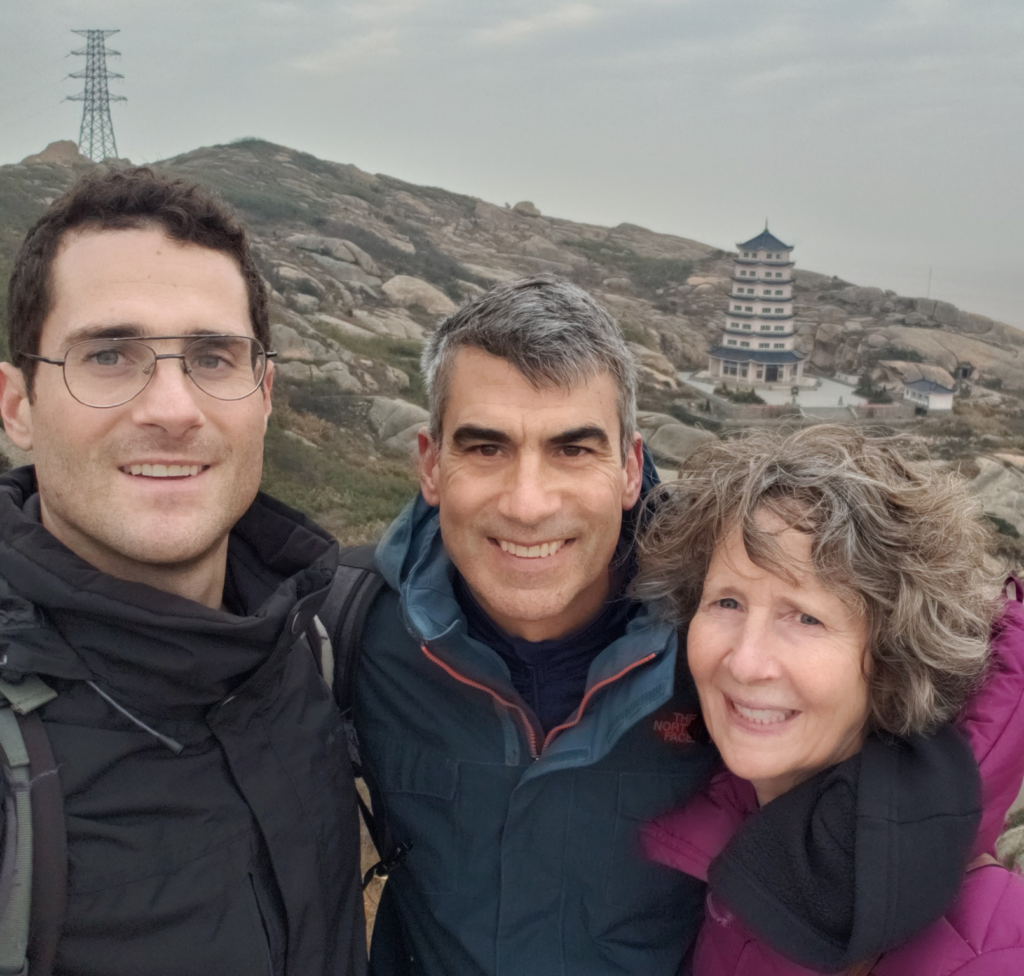
In late December of 2018 I temporarily lost sight in my right eye, lost color vision in my left eye, and had severe pain “behind” my eyes. Thanks to my ophthalmologist who had heard of this of disease, I was quickly diagnosed with Optic Neuritis and put on a high dose of steroids. My eyesight recovered within a few days after the steroid treatment. I was hoping this was some kind of infection that would never happen again, but just 11 days later I was diagnosed with MOG and learned I could lose my vision permanently if I had another attack.
Unfortunately the timing was horrible because we had a month long trip to China planned the next week to visit our son who was living there. So my doctor prescribed steroids to take with me in case of another attack, and on January 15, 2019 we boarded a flight to Shanghai.
My wife and I were so worried for the entire month, afraid of another attack happening and unable to get help.
We were lucky – nothing happened. Afterwards we wondered: will we be able to travel like this any more?
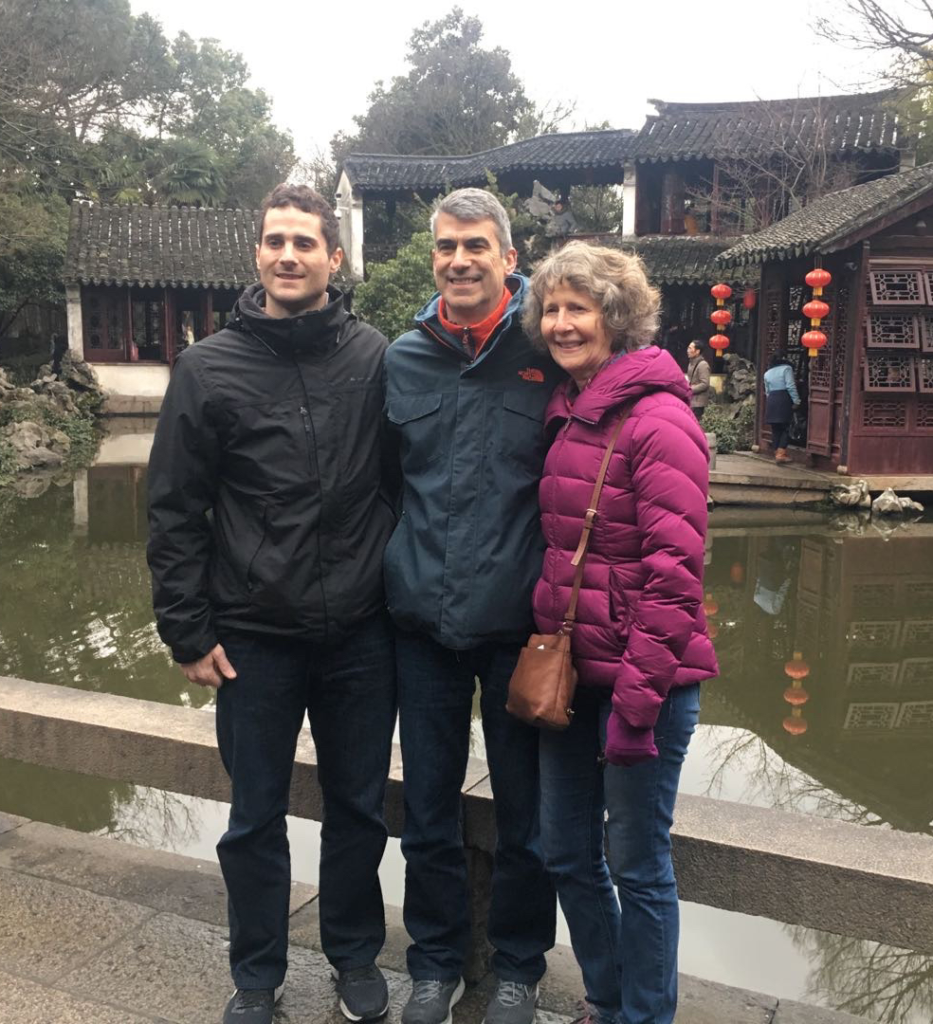

When we returned from the trip I started on Azathioprine as a preventative medication. I’ve had no more attacks, and we’ve been able to travel with peace of mind. I also got involved with Julie and The MOG Project to help others with MOG find the support resources they need, and to help accelerate research for better treatments and to ultimately find a cure!
With preventive care my wife and I have been able to enjoy lots of travel during our retirement, including visiting our son who’s living in China.
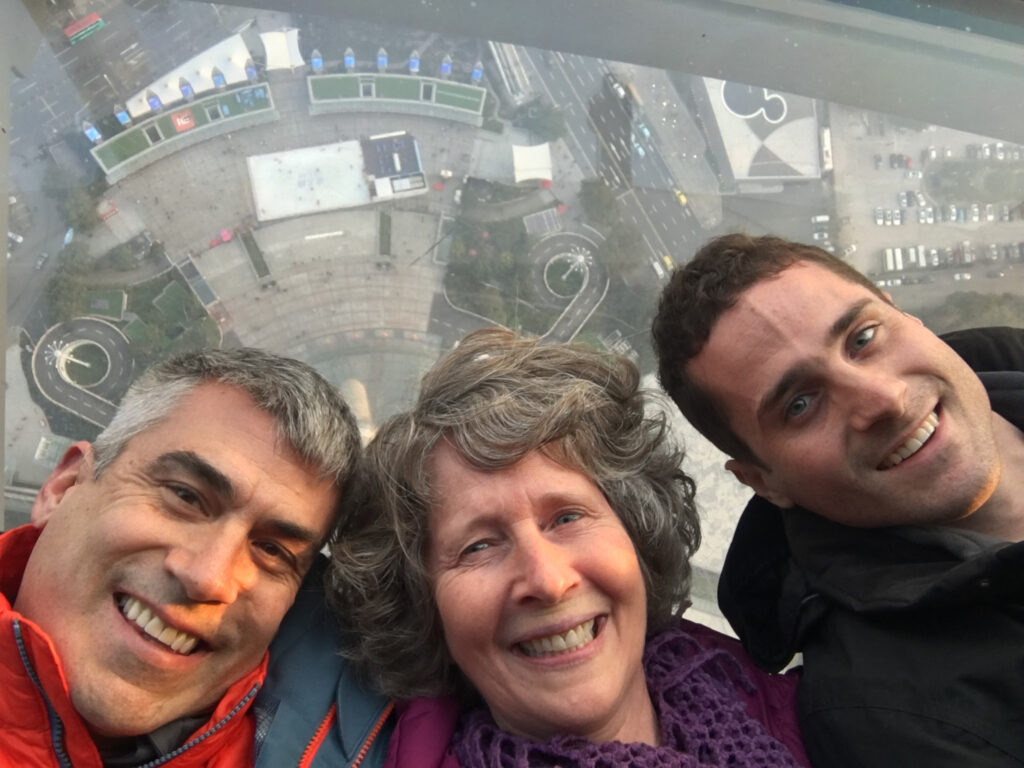
By Chuck Bies
